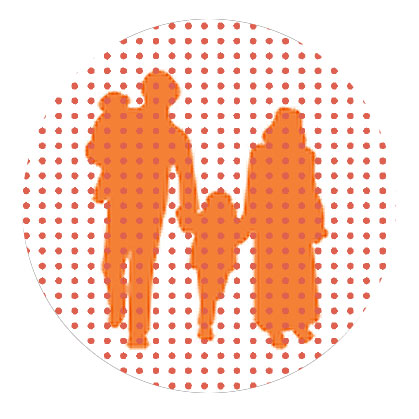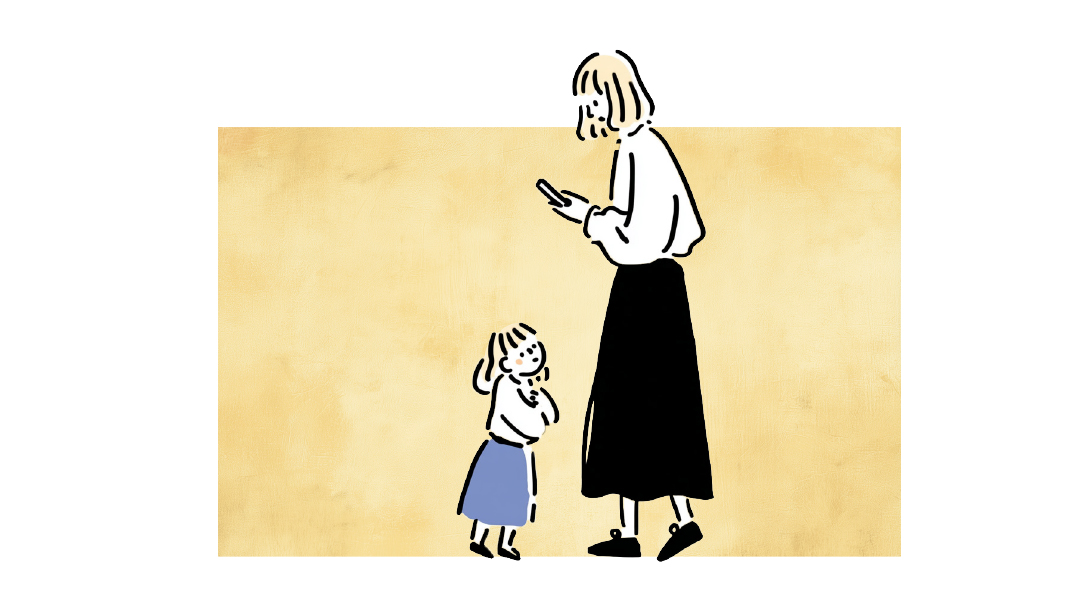Happiness on Demand

We can’t always be happy, but we can be “whole”

E
veryone wants to “be happy.” But “happy” is a feeling, not a state. It’s not something we can “be.” A person feels happy from time to time, just as a person feels unhappy, frustrated, irritated, stressed, disappointed, or anxious from time to time.
Moreover, it’s always that one specific emotion — happy — that people are yearning for. This also doesn’t make any sense because each of the five main emotions (happy, sad, angry, scared, and confused) consists of numerous shades of feeling. When we’re sad, we might actually be feeling lonely, hurt, disappointed, abandoned, or miserable. When we’re angry we might be feeling enraged, annoyed, furious, indignant, or outraged.
The same differentiation occurs for the other main emotions, including the category called “happy.” So when someone wants their kids to be happy, what do they actually mean? Do they want them to be content, excited, enthralled, cheerful, delighted, pleased, or thrilled — all the time? We might consider that if Hashem had wanted us to be perpetually overjoyed, then why would He give us dozens of feelings if we really only need one?
The Pursuit of Happiness
Trying to achieve that (impossible) state of perpetual happiness is an exercise in frustration. The feeling of happiness — actually a particular shade of happy feeling — is a byproduct of certain kinds of activities and experiences; it isn’t something that can be directly courted. We note this reality even in our search for happiness. “I’ll be happy when...” I’ll be happy when I lose 20 lbs.; when I get married; when I have a baby; when I graduate; when I find the right job; when I make a million dollars; and so on. And it’s true: We’re happy for a few minutes when goals are achieved.
And then we’re unhappy again.
After all, every day is filled with the wide range of G-d-given feelings, all meant to nudge us on to our next accomplishment. Without the feeling of jealousy, for example, we might not push ourselves to achieve whatever our neighbors have (wisdom, status, wealth, power, friends, beauty...). Without boredom, we might be content to spend our days reading novels in bed. Without anxiety, we would passively accept all kinds of unhealthy and harmful conditions, never bothering to investigate precautions, preventions, or solutions. And without anger, we’d likely lie on the floor to let everyone walk all over us; we’d never bother to right a wrong, set a healthy boundary, or stand up for those who need our support.
So yes, the less-than-happy feelings have a crucial role in our functioning. They’re what prompt us to achieve our life’s mission. It’s our righteous indignation, our grief, and our other miserable feelings that fuel our actions and our ultimate accomplishments.
Ironically, wishing for our children to be happy may be an unintentional curse. Do we really want our children to sit in contentment, enjoying their unfettered, peaceful existence until they return their soul for judgment? Probably not.
The True Meaning of Happiness
What we really want for ourselves and our loved ones is a life that is free of suffering. And although that is impossible, what we can achieve is a life with reduced suffering, more joy, and true meaning. That’s because amid all the challenges of life, we can control our mindset. We will have problems, but we can choose to feel happy as often as we want to. In any moment that we focus our attention on uplifting thoughts, we will feel various emotions within the happy category: excitement, gratitude, satisfaction, pleasure, contentment, delight, and all the rest. We can choose how much time we need to attend to troubled feelings and difficult issues and how much time we can indulge in joyful feelings.
Although we can’t BE happy, we can be whole. We can feel the fullness of our human experience, moving flexibly between different emotions, heeding their signals, and charting our course. And we can also have happiness on demand by turning our attention to those ideas, memories, experiences, and interactions that make us feel some shade of happy for a few moments at a time.
(Originally featured in Family First, Issue 890)
Oops! We could not locate your form.




